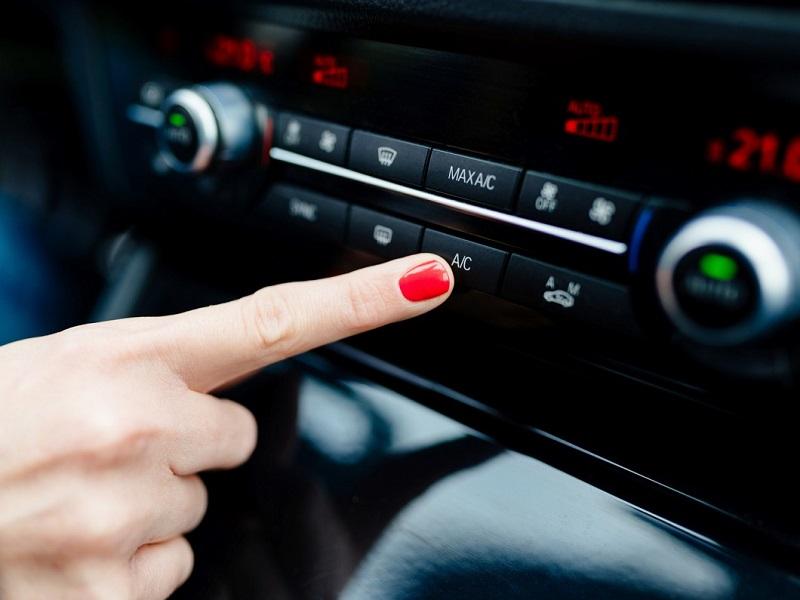AC ON vs Windows Down: Which Option Is More Efficient?
AC on vs windows down is an age-old summertime debate. With more and more motorcars hitting the roads each year, the demand for gasoline goes up, increasing the price of oil. So, it makes sense that people will look for ways to increase the fuel efficiency to save money down the road.
So, which option is more fuel-efficient? AC on vs windows down? Running the vehicle’s air conditioning system puts extra load on the engine, leading to burning more fuel. In that sense, many people may think that rolling the windows down does not need running any component, so it won’t increase the fuel consumption. Wrong! Open windows in a running car increases drag that slows the car down, leading to more fuel burning.
AC On vs Windows Down: Which Option Is Better?
It seems that no option is good for your car’s mileage. The common advice is to turn on the air conditioning while you are driving on the highway and at a high speed and roll the windows down when driving on city streets. Open windows will cause a huge amount of air resistance or drag at high speeds, causing burning more fuel than a switched-on AC.

However, the end-result of the AC on vs windows down argument can vary from one model to another because the milestone speed where drag is the maximum is different from car to car. Besides, it also depends on the engine power, body structure, and some other aspects.
With windows rolled down, driving at a higher speed will significantly reduce the fuel efficiency if the car is sleek and features a highly aerodynamic design. But, the loss of mileage will be insignificant in a car that already has a heavy structure that creates a significant amount of air resistance. For example, the reduction of efficiency will be around 10% for a boxy-shaped SUV while it will be around 20% if the automobile is an aerodynamic sedan.
SEE MORE:
- Wanna Buy a Hybrid Car? Try the Fuel-Efficient Toyota Prius
- Which Option Saves More Fuel? Driving Fast or Driving Slow?
Many fuel-efficient cars have low-drag coefficients. These vehicles will show a high-level of air resistance when windows are rolled down at high speeds. However, there is no standard break-even limit for fuel-efficiency. Some engineers claim it to be 45m/h for an average size car while others stretch the figure to 75m/h.

In a Mythbuster episode on the Discovery Channel, the hosts drove two SUVs at 45m/h on the same track. The car with AC on ran out of fuel first while the window-down one ran 15 more miles.
The Final Words
So, which option you will choose in the AC on vs windows down debate? We suggest you make your decision on the basis of different variables such as the design of the vehicle, driving speed, wind speed, and the drag efficiency. If you are confused, just follow the rule of thumb – windows down on the city streets and AC on in the highway.














